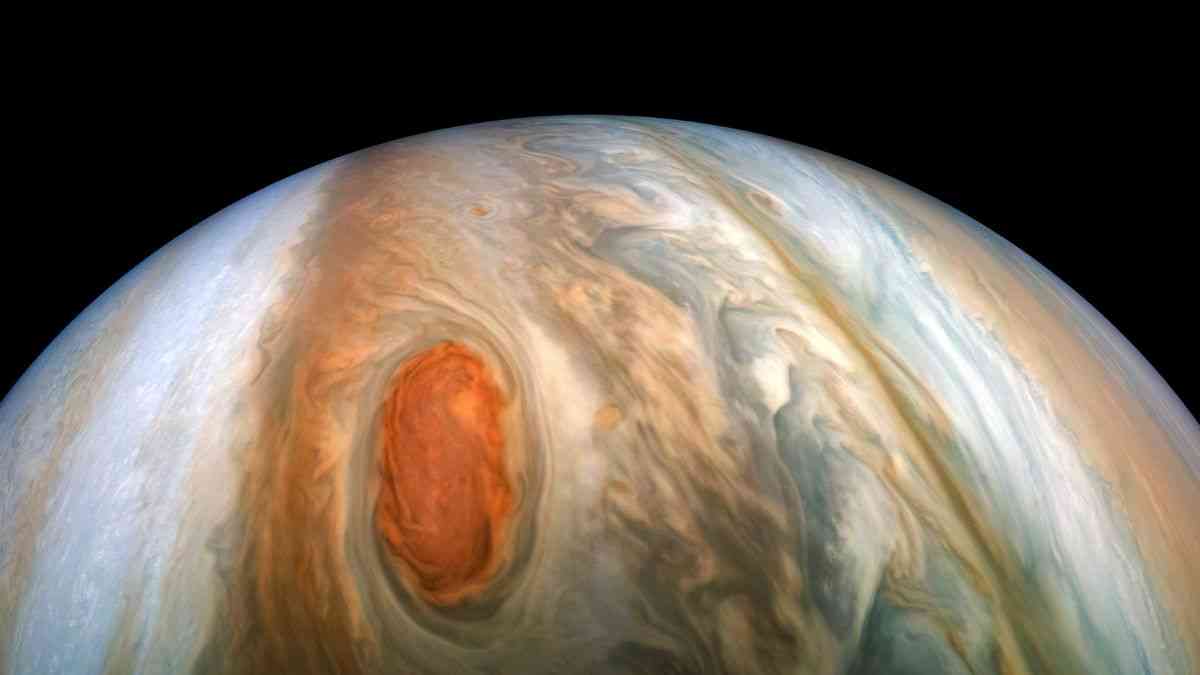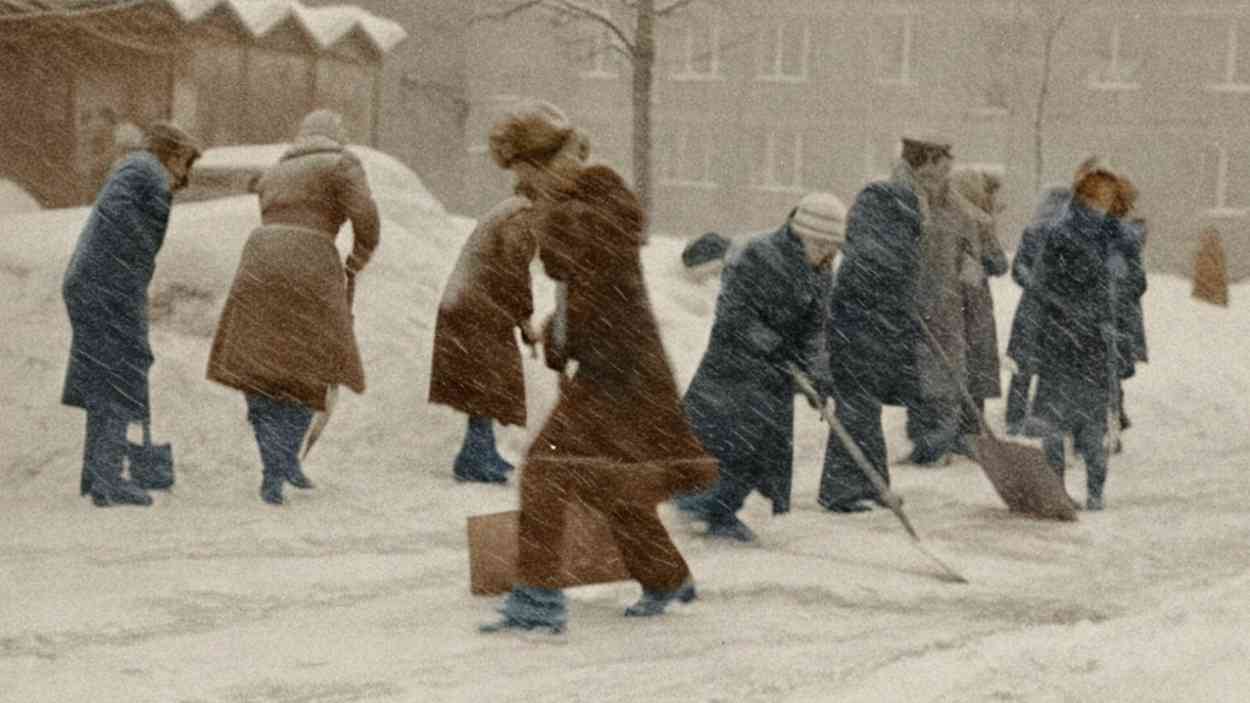Culture
Dismantling the Iron Curtain Myth: What Life Behind the Wall Truly Looked Like
26 December 2025

Jupiter has always fascinated scientists. Now, its age has been confirmed thanks to meteorites formed during the birth of our Solar System. These ancient space rocks have finally revealed the secrets of the oldest planet circling the Sun.
An international team of researchers from Nagoya University (Japan) and the National Institute for Astrophysics (Italy) made the discovery. How did they find the key to the age of the Solar System’s largest planet? The answer was hidden in chondrules.
These are small grains of molten rock that have been found scattered inside meteorites for years. Chondrules form under conditions that are hard to imagine—a rock cooled in the vacuum of space must be rapidly heated to about 1150°C. Afterward, it has to cool down just as quickly. This process causes the melted materials to harden instantly, creating spherical, crystalline structures. How do these bodies relate to the formation of Jupiter?
These specific conditions don’t happen every day in space, which allows researchers to link the formation of chondrules with specific events in the history of our Solar System. This was also the case with Jupiter’s birth.
It’s worth introducing another astronomical term here: planetesimal. A planetesimal is a small celestial body of solid matter that is the precursor to a planet. These particles form in the early stages of a planetary system’s evolution. They then collide with each other, forming increasingly larger structures, until a planet is finally created from a sufficient number of planetesimals.
You might like to read: New Data from Voyager 1. A “Wall of Fire” Discovered at the Edge of the System
Although Jupiter is a gas planet, it also formed from rocky-icy planetesimals. According to simulations performed by Japanese and Italian researchers, the collisions of these bodies generated a sudden increase in temperature. The water within them evaporated violently, which caused steam explosions. Due to the immense heat, rock fragments melted and then cooled quickly in the vacuum of space, turning into chondrules. “When the planetesimals collided with each other, water evaporated immediately, creating expanding steam. It acted like tiny explosions and broke the molten silicate rock into the fine droplets we see today in meteorites,” explained Professor Sin-iti Sirono of Nagoya University to Space Daily.
Computer simulations performed by the researchers showed that the chondrules were formed when nebular gases were intensely accumulating around what would become Jupiter. This happened approximately 1.8 million years after the Solar System was formed.
The evidence found in the crystallized meteorite fragments only serves to confirm a theory that has been around for several years in the scientific community. According to discoveries from 2017, Jupiter is not only the largest, but also the oldest planet circling the Sun. Researchers have determined that just a million years after the Solar System was formed, Jupiter’s rocky core had a mass 20 times greater than Earth’s. Gas clouds then began to form around this body, creating the gas giant we know today. Jupiter’s age is estimated to be 4.6 billion years.
As part of their research on chondrules, the researchers from Japan and Italy also discovered groups of these bodies that came from a different, much later period. They most likely formed when Jupiter’s neighbor, Saturn—the second-largest planet in our system—was taking shape.
Read the original article: Jowisz skrywa starożytną tajemnicę. Odkryły ją meteoryty
Culture
26 December 2025



Zmień tryb na ciemny